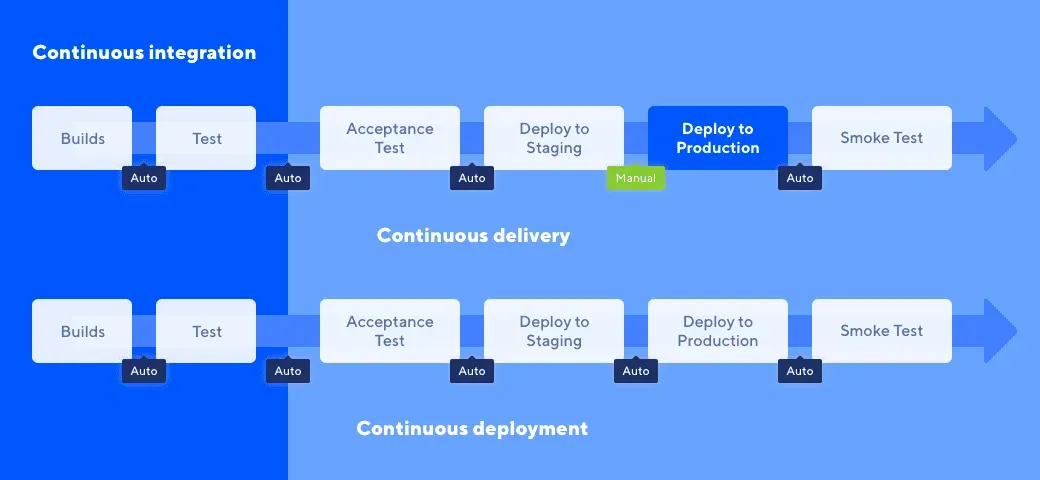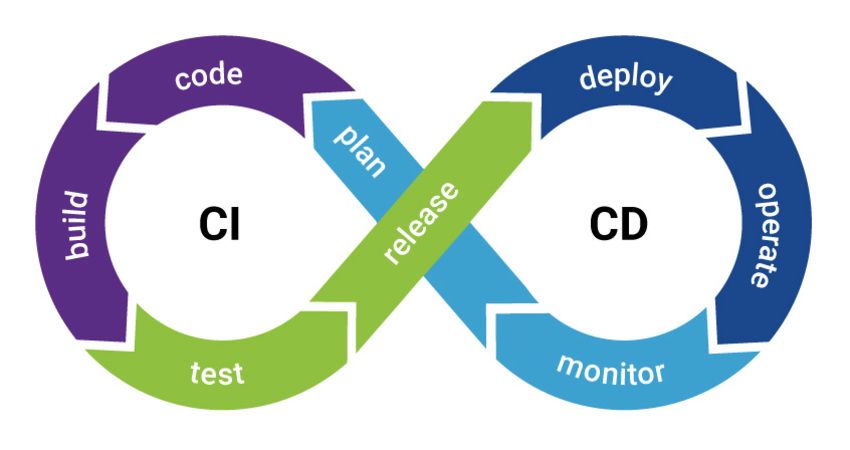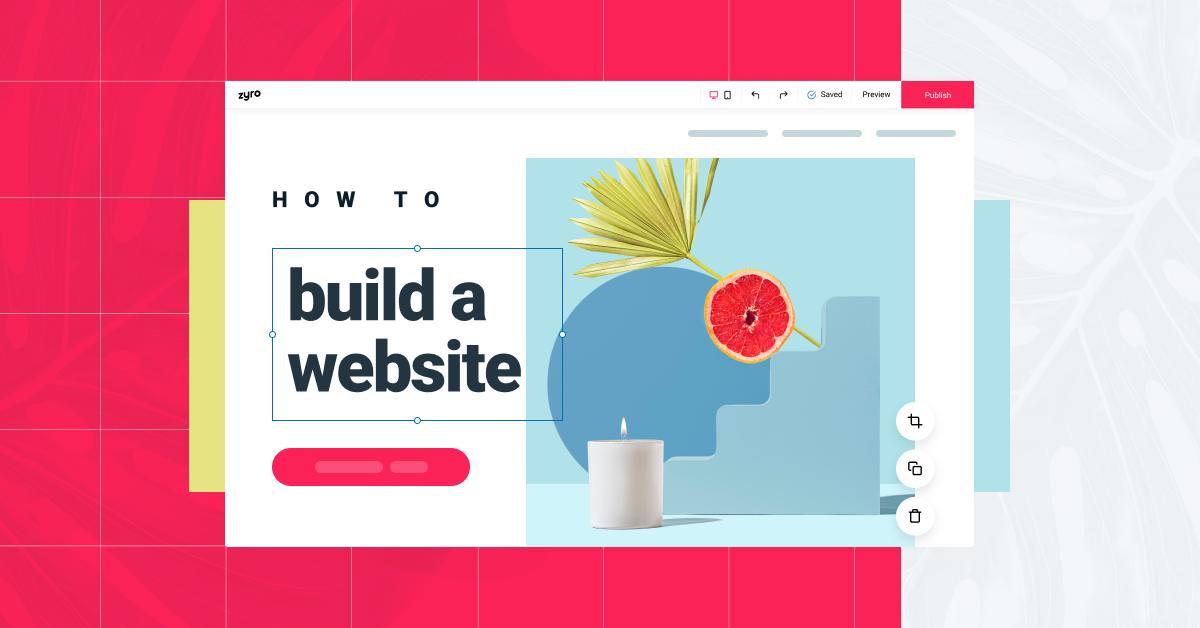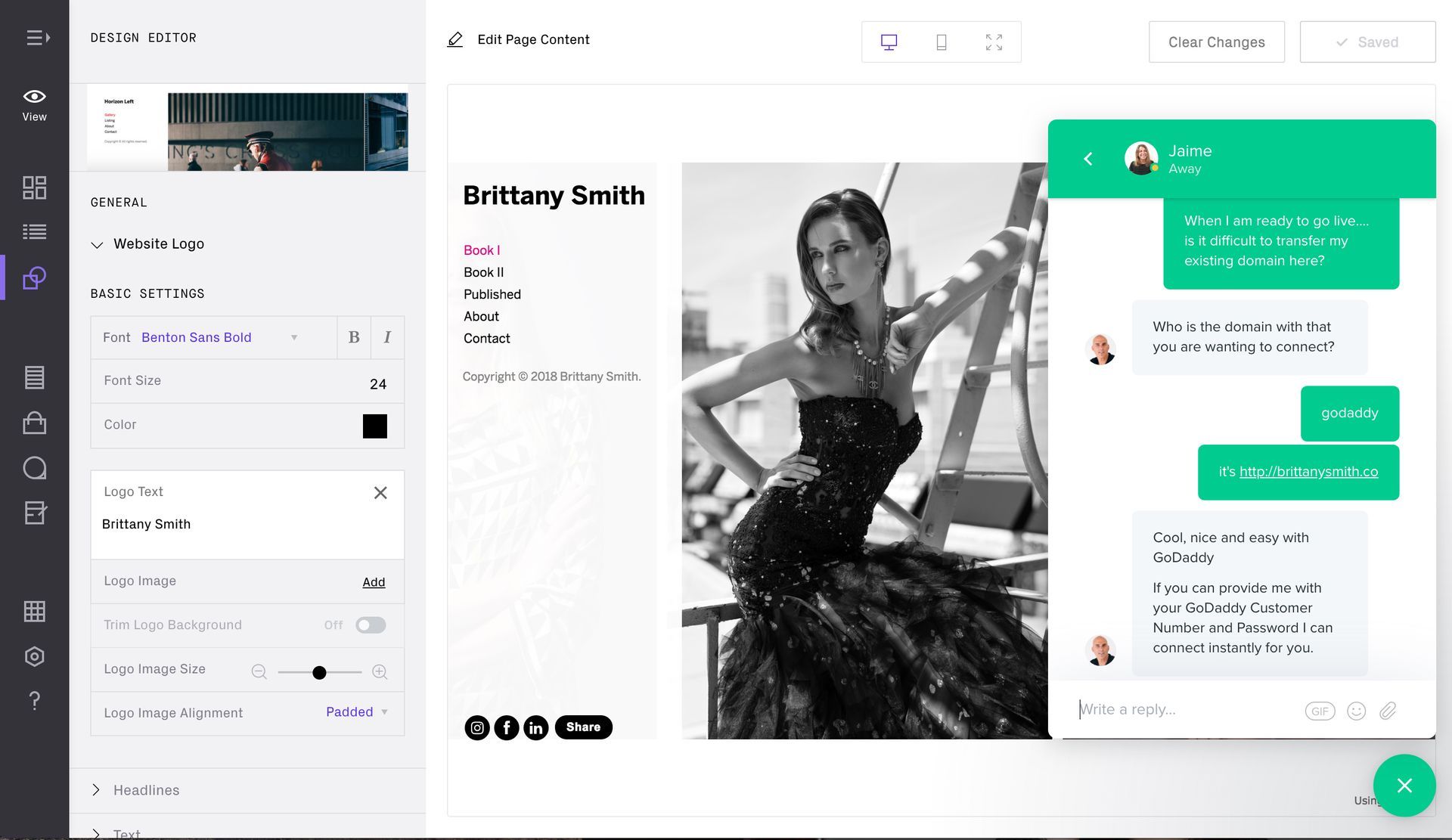5 Minute Read
Continuous Integration and Deployment
Principles and Benefits
Continuous Integration and Deployment (CI/CD) are integral practices in modern website development, aiming to enhance collaboration, streamline development workflows, and deliver high-quality software.
In this guide, I'll explores the definitions, principles, benefits, and best practices associated with CI/CD, along with case studies and future trends.
Let's dive in!

Table of Contents
- Continuous Integration (CI)
- Continuous Deployment (CD)
- CI/CD Pipeline
- Setting Up CI/CD
- CI/CD Best Practices
- Challenges and Solutions
- Case Studies
- Future Trends in CI/CD
- Conclusion
Continuous Integration (CI)
Definition:
Continuous Integration (CI) is a software development practice where developers regularly merge their code changes into a central repository, followed by automated builds and tests.
Key Principles
- Frequent Integration: Developers integrate code changes frequently, often multiple times a day.
- Automated Builds and Tests: The integration process includes automated building and testing to ensure code quality.
- Early Detection of Issues: CI aims to detect and address integration issues as early as possible in the development process.
Benefits
- Reduced Integration Issues: Frequent integration reduces the likelihood of large-scale integration issues.
- Early Bug Detection: Automated testing helps identify and address bugs early in the development cycle.
- Increased Developer Productivity: Developers spend less time resolving integration issues, leading to increased productivity.

Continuous Deployment (CD)
Definition:
Continuous Deployment (CD) is an extension of CI where code changes that pass automated testing are automatically deployed to production environments.
Key Principles
- Automated Deployment: Code changes that pass testing are automatically deployed to production.
- Continuous Delivery: The application is always in a deployable state.
- Incremental Updates: Deployments are often small, incremental changes rather than large, infrequent releases.
Benefits
- Rapid Time to Market: New features and bug fixes can be released quickly.
- Reduced Manual Intervention: Automated deployments reduce the need for manual intervention, minimizing the risk of human errors.
- Consistent Environments: CD ensures consistency between development, testing, and production environments.
CI/CD Pipeline
Overview
A CI/CD pipeline is a series of automated steps that code changes go through from development to production.
Stages in a CI/CD Pipeline
- Code Commit: Developers commit code changes to a version control system (e.g., Git).
- Automated Build: The CI system triggers an automated build to compile the code.
- Automated Testing: Various tests, including unit tests and integration tests, are run to ensure code quality.
- Artifact Generation: A deployable artifact, such as a Docker container or executable, is generated.
- Deployment to Staging: The application is deployed to a staging environment for further testing.
- User Acceptance Testing (UAT): Stakeholders validate the changes in a staging environment.
- Deployment to Production: If all tests pass, the changes are automatically deployed to the production environment.
Automation Tools
- Jenkins: An open-source automation server widely used for building, testing, and deploying code.
- Travis CI: A cloud-based CI/CD service integrated with GitHub repositories.
- GitLab CI/CD: Integrated CI/CD capabilities within the GitLab platform.
- CircleCI: A cloud-based CI/CD service with support for various programming languages and environments.

Setting Up CI/CD
Version Control Integration
- Use a version control system (e.g., Git) to manage code changes.
- Integrate the CI/CD pipeline with the version control system for automated triggering.
Automated Testing
- Implement automated testing for unit tests, integration tests, and end-to-end tests.
- Use testing frameworks and tools suitable for the application's technology stack.
Build Automation
- Set up automated build processes to compile code into deployable artifacts.
- Utilize build automation tools such as Maven, Gradle, or npm scripts.
CI/CD Best Practices
Below are a few best practice guidelines that you should follow:
Maintainable and Fast Builds
- Keep builds fast by optimizing dependencies and parallelizing tasks.
- Utilize caching mechanisms to reduce build times.
- Regularly review and optimize the build process for efficiency.
Automated Testing Strategies
- Prioritize automated testing at various levels: unit, integration, and end-to-end.
- Run tests in parallel to speed up the testing process.
- Include security and performance testing in the pipeline.
Versioning and Dependency Management
- Use versioning for both code and dependencies.
- Automate dependency management and keep dependencies up-to-date.
- Employ semantic versioning to convey meaning about the underlying changes.
Continuous Monitoring
- Implement monitoring tools to track application performance and health.
- Set up alerts for potential issues, and conduct post-deployment monitoring.
- Use monitoring data to continuously improve the CI/CD pipeline.
Incremental and Parallel Deployment
- Practice incremental and parallel deployment strategies to minimize downtime.
- Implement canary releases or blue-green deployments for risk mitigation.
- Rollback strategies should be in place in case of deployment issues.

Challenges and Solutions
Integration Issues
- Challenge: Integration issues can arise when merging code changes.
- Solution: Regularly merge code changes and conduct automated tests to catch integration issues early.
Ensuring Consistency Across Environments
- Challenge: Inconsistencies between development, testing, and production environments.
- Solution: Use containerization (e.g., Docker) to ensure consistent environments across the entire pipeline.
Security Concerns
- Challenge: Security vulnerabilities may be introduced during the CI/CD process.
- Solution: Implement security testing as part of the pipeline, conduct regular security audits, and follow security best practices.
Case Studies
Netflix
- Approach: Netflix employs a robust CI/CD pipeline for its microservices architecture.
- Benefits: Rapid deployment of features and bug fixes, leading to improved customer experience.
- Tools: Spinnaker for deployment, Jenkins for CI, and a combination of testing tools.
Etsy
- Approach: Etsy practices continuous deployment, releasing changes multiple times a day.
- Benefits: Quick feedback loops, allowing for rapid iteration and responsiveness to user feedback.
- Tools: Jenkins, Deployinator, and various testing tools.
- Approach: Google uses a highly automated CI/CD pipeline to support its vast infrastructure.
- Benefits: Efficient release management for a wide range of services and products.
- Tools: Google Cloud Build, Jenkins, and Kubernetes.
Future Trends in CI/CD
Infrastructure as Code (IaC)
- Trend: Treating infrastructure as code for consistent and version-controlled infrastructure.
- Benefits: Improved reproducibility and scalability in deploying infrastructure.
GitOps
- Trend: Managing and deploying infrastructure using Git repositories.
- Benefits: Enhanced version control and visibility into changes made to infrastructure.
Shift-Left Security
- Trend: This trend involves integrating security measures earlier in the development process.
- Benefits: Identifying and addressing security vulnerabilities at the beginning of development.

Conclusion
Continuous Integration and Deployment are pivotal practices in modern web development, fostering collaboration, agility, and efficient delivery. The principles, benefits, and best practices outlined in this guide serve as a general foundation for implementing effective CI/CD pipelines.
By adopting these practices and staying informed about trends, development teams can enhance their processes, deliver higher-quality software, and respond more effectively to the demands of the rapidly evolving software industry.
With that being said, it is always a good idea to review other learning resources to gain a deeper understanding of Continuous Integration and Deployment.





